Directions (1-3): Study the information carefully and answer the questions given below.
Seven persons i.e., P, Q, R, S, T, U and V are in the family of four-generation with one married couple. There are three female members of the family. V is the mother of T who is grandmother of S. R is son of the one who is daughter in law of P. R has two children. S is female and she is not sister of Q.
Q1. Who among the following is grandson of V?
(a) U
(b) T
(c) R
(d) Q
(e) None of these
Q2. Who among the following is mother-in-law of Q?
(a) P
(b) V
(c) R
(d) S
(e) U
Q3. How is U related to T?
(a) Grandson
(b) Granddaughter
(c) Father
(d) Mother
(e) None of these
Direction (4-5): Study the information given below and answer the questions based on it.
A person walks 20mt from the point M towards South direction and takes a left turn and walks for another 20mt. Then, he takes a left turn and walks for 40mt. After that, he took right turn and walks for 20mt. Then, he turns right and walks for 10mt. He goes for another left turn and walks 50mt and reach to the point N.
Q4. Finally, he is facing in which direction?
(a) North
(b) South
(c) West
(d) East
(e) None of these.
Q5. In which direction is N with respect to his initial position?
(a) South
(b) North-West
(c) North-East
(d) East
(e) None of these.
Directions (6-10): Study the lowing information to answer the given questions
S, T, U, V, W, X, Y and Z are sit¬ting in a straight line equidistant from each other (but not necessarily in the same order). Some of them are facing south while some are facing north.
Three persons sit between W and U who sits at an extreme end. Y sits third to the right of W. Both the immediate neighbor of W faces opposite direction of W. T sits 2nd to the right of X and both faces south direction. Z and T sits immediate right to each other and none of them sits at any extreme end. S faces north. V doesn’t sit adjacent to U and Y. Y and U faces same direction as T but opposite to V.
Q6. How many persons in the given arrangement are facing north?
(a) More than four
(b) Four
(c) One
(d) Three
(e) Two
Q7. Four of the following five are alike in a certain way, and so form a group. Which of the following does not belong to the group?
(a) W, X
(b) Z, Y
(c) T, S
(d) T, Y
(e) V, U
Q8. What is the position of S with respect to Z?
(a) Second to the left
(b) Third to the right
(c) Third to the left
(d) Fourth to the right
(e) Second to the right
Q9. Who amongst the following sits exactly between Z and W?
(a) T
(b) Y
(c) X
(d) W
(e) U
Q10. Who is sitting 2nd to the right of T?
(a) Z
(b) V
(c) X
(d) W
(e) None of these
Direction (11-12): Study the following information carefully and answer the questions accordingly.
There are six members in a family with two generations. Farah is the sister-in-law of Gita who is the mother of Eshan. Divya has no sister-in-law. Chirag is the father-in-law of Divya. Hanu is the brother of Eshan, who is unmarried. Farah is unmarried.
Q11. How Hanu is related to Divya?
(a) Uncle
(b) Son
(c) Brother
(d) Husband
(e) None of these
Q12. How Chirag is related to Eshan?
(a) Aunt
(b) Uncle
(c) Father
(d) Mother
(e) None of these
Direction (13-15): Study the information given below and answer the questions based on it.
A person is standing at point P. He starts walking towards the west direction and walks for 6m and reached point Q and then he takes a left turn and walks for 4m and reached point R, then he takes a right turn and walks for 3m then he takes a left turn and walks for 4m and reached point T and then he takes another left turn and walks for 3m and reached point M.
Q13. Point O is in south direction of point P in a way that point T, M and O are in a horizontal line, then how far is point O with respect to point M?
(a) 4m
(b) 6m
(c) 5m
(d) 7m
(e) 11m
Q14. In which of the following direction is point M with respect to point P?
(a) South-west
(b) South-east
(c) North
(d) East
(e) North-west
Q15. In which of the following direction is point Q with respect to point T?
(a) North-west
(b) North-east
(c) South-east
(d) North
(e) South-west
Solutions
Solutions (1-3):
Sol.
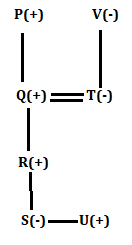
S1. Ans. (c)
S2. Ans. (b)
S3. Ans. (a)
Solutions (4-5):
Sol.
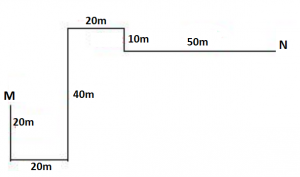
S4. Ans.(d)
S5. Ans.(c)
Solutions (6-10):
Sol.

S6. Ans. (b)
S7. Ans. (d)
S8. Ans. (d)
S9. Ans. (a)
S10. Ans. (b)
Solutions (11-12):
Sol.
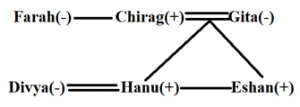
S11. Ans. (d)
S12. Ans. (c)
Solutions (13-15):
Sol.
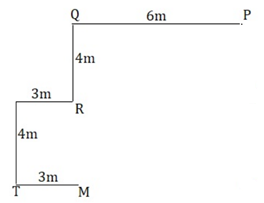
S13. Ans. (b)
S14. Ans. (a)
S15. Ans. (b)



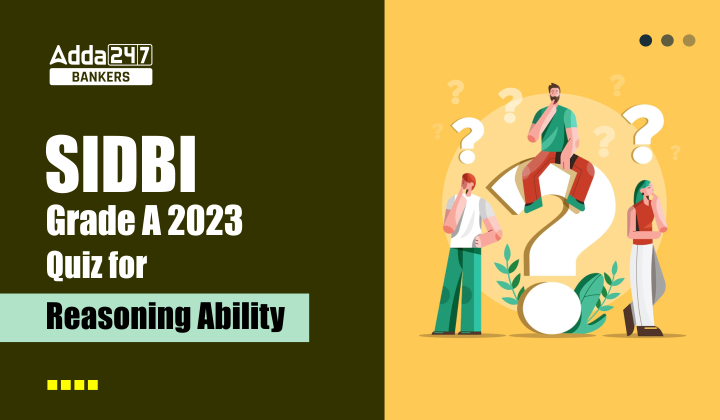

 GA Capsule for SBI Clerk Mains 2025, Dow...
GA Capsule for SBI Clerk Mains 2025, Dow...
 The Hindu Review October 2022: Download ...
The Hindu Review October 2022: Download ...
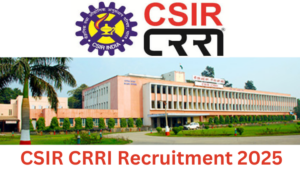 Delhi CSIR CRRI Recruitment 2025 Notific...
Delhi CSIR CRRI Recruitment 2025 Notific...







